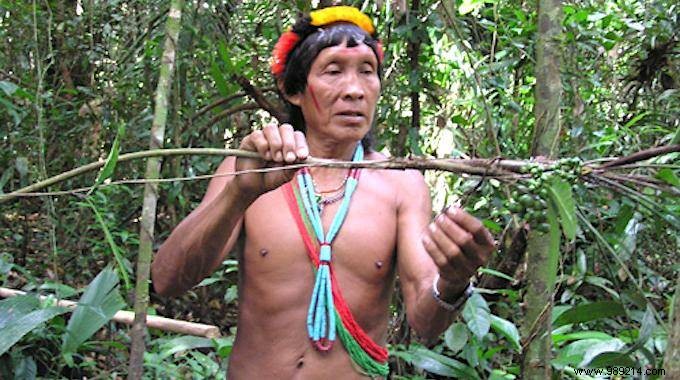
For the 1st time, a 500-page encyclopedia of traditional medicine will see the day, thanks to an Amazonian tribe.
The Matsés tribe is behind this great initiative.
Their purpose is to safeguard the knowledge of the shamans of the Amazonian tribes.
Why this project? Because the Amazonian forest contains priceless riches which are extremely coveted.
The wood and the precious minerals it shelters are unfortunately subject to unlimited exploitation.
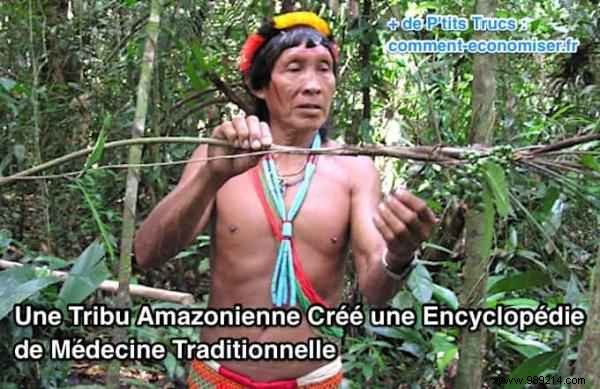
But its greatest wealth is undoubtedly its extraordinary biodiversity.
10% of animal species from all over the planet live in the heart of this continent forest.
The plant world is not left out:390 billion trees and plants flourish there.
Among them are species with powerful medicinal properties . Every day, we discover new properties and virtues for health.
Alas, despite this observation, nothing prevents the destruction of the forest which continues to decrease...
Not only is biodiversity hit hard by deforestation...
But all natural medicinal resources, so precious, disappear forever.
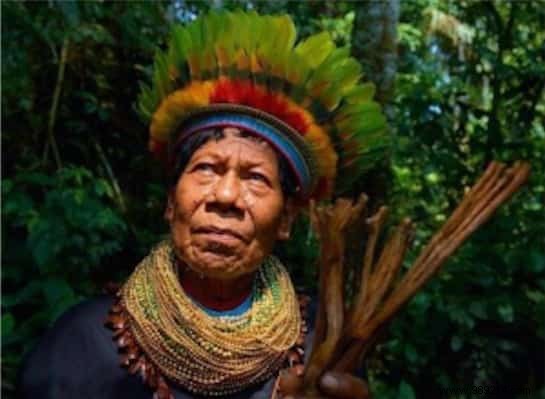
The sorcerers and shamans of the Native American tribes are the guardians of this ancient knowledge of inestimable value.
Passed down orally from generation to generation, this knowledge allows them to know the powers of plants.
They know which ones heal and how to use them to cure a large number of diseases.
The Matsés tribe lives between Peru and Brazil. Unfortunately, one of its oldest representatives recently passed away.
He died before he had time to pass on his knowledge now lost forever.
To prevent this tragedy from happening again, the Matsés had the idea of writing the very first encyclopedia of traditional medicine.
Helped by the Acaté association, which fights to save indigenous peoples, 5 shamans have gathered their knowledge.
They recorded them in a 500-page book.
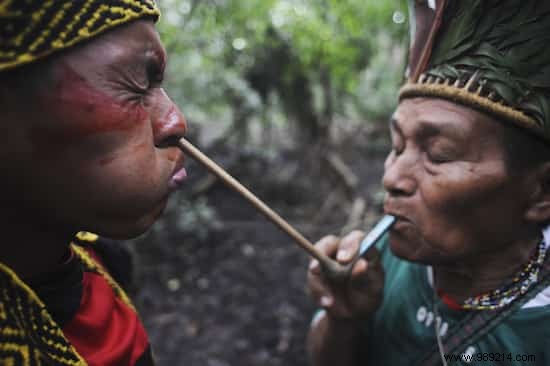
This collection lists the different diseases, the plants likely to cure them, and the way in which they should be used.
On the Mongabay site, the president of the Acaté association, Christopher Herndon explains their approach:
“The encyclopedia is written from the point of view of the shamans and by themselves. They describe how animals are connected to the natural history of plants and disease. It is a true shamanic encyclopedia, completely edited by shamans. It's a first of its kind."
This collection lists the different diseases, the plants likely to cure them and the way in which they should be used.
The encyclopedia is written in the Matsé language:only the Matsé people can decipher it.
The objective is to limit the risks of looting or biopiracy of pharmaceutical groups.
Thus the Matsés remain the holders of their knowledge. For them, it is quite simply the survival of their people that is at stake.
Why ? Because Western diseases, such as diabetes, alcoholism, wreak havoc in the community.
And access to medicines is difficult:they are too expensive and it is difficult to obtain them in these isolated areas.
It is therefore vital for the Matsés to have access to their ancestral knowledge of natural medicine.
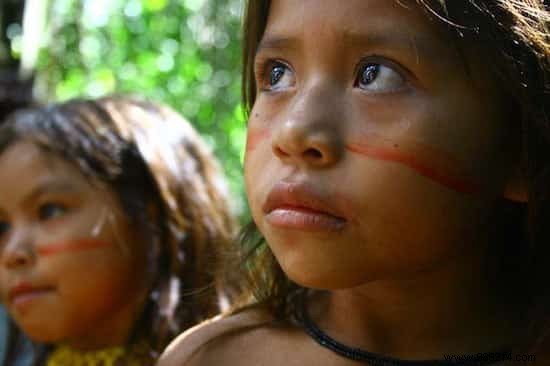
Thanks to this initiative, the younger generations have become aware of the need to know and preserve the culture of their ancestors.
To promote the transmission of knowledge between generations, workshops are set up. Young people participate and learn traditional medicine from the elders of the tribe.
The young people go to the forest with the shamans to learn to recognize healing plants.
Medicinal plants are grown around communities, as part of agroforestry programs.
“The location of the forest is also ideal for the Matsés, as it is only 10 to 15 minutes from their village. If a child is sick, it’s so much more practical than driving 4 hours to find a cure,” says Christopher Herndon of Acaté.
This encyclopedia of traditional medicinal knowledge helps preserve that knowledge.
But it also ensures that only the Matsés have access to it.
This approach helps to raise awareness of the natural benefits of plants on health. But it also raises awareness of the need to preserve the treasures of the Amazon rainforest.
We now know the virtues of guarana, Brazil nuts, urucum. But who knows? There are certainly countless numbers of as yet unknown miraculous plants that need to be protected.